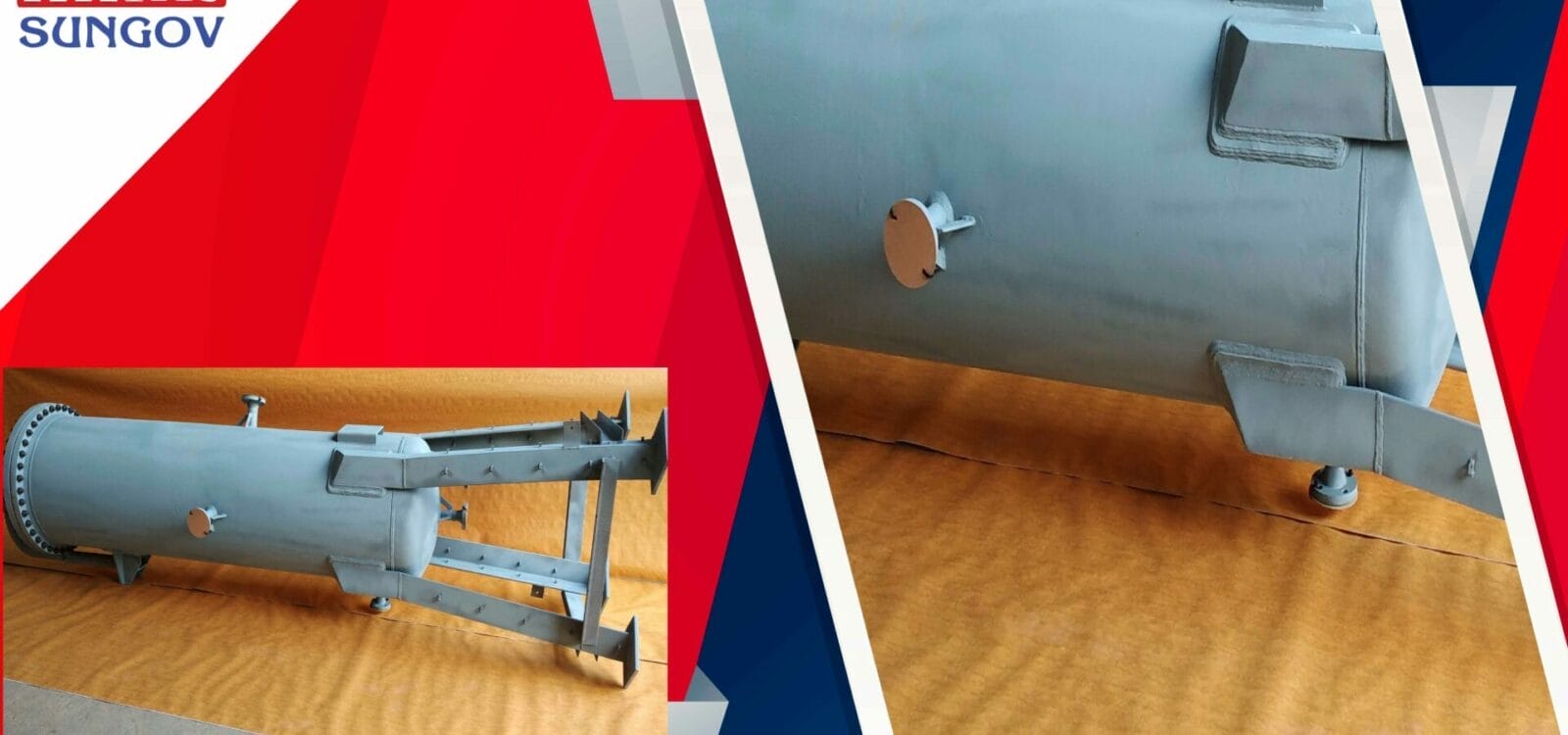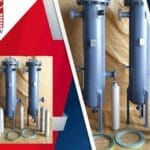Fuel gas knockout drums are essential components in any gas processing system. They play a critical role in various industrial processes. They enhance efficiency, protect equipment, reduce emissions, and ensure compliance with regulatory standards by effectively separating liquids from gas streams.
In this blog, we will do an in-depth study of how you can optimize efficiency using fuel gas knockout drums. To begin with, we will discuss the important functions of the fuel gas knockout drum.
Separation of Liquids from Gas Streams:
The primary function of a fuel gas knockout drum is to separate liquids (such as water, hydrocarbons, and other contaminants) from gas streams. This separation is essential to prevent liquids from entering downstream equipment, which can cause damage or operational inefficiencies.
Protection of Downstream Equipment:
By removing liquids from the gas stream, knockout drums protect downstream equipment such as compressors, turbines, and other processing units. Liquids in the gas stream can cause corrosion, erosion, and other forms of damage to this equipment.
Reduction of Emissions:
Knockout drums help in reducing emissions by capturing and removing liquid hydrocarbons and other contaminants from the gas stream. This is important for environmental compliance and minimizing the impact on the surrounding environment. Many industries are subject to strict regulatory standards regarding emissions and the quality of gas streams. Knockout drums assist in meeting these standards by ensuring that the gas is free from harmful liquids and contaminants.
Enhancement of Process Efficiency:
The efficient separation of liquids from gases ensures that the gas stream is clean and dry, which improves the overall efficiency of the process. This can lead to better performance and longer operational life for the equipment involved.
Cost Savings:
The use of knockout drums can lead to significant cost savings by reducing maintenance and repair costs associated with liquid-induced damage to equipment. They also help avoid unplanned shutdowns and prolong the machinery’s lifespan.
Versatility in Applications:
Fuel gas knockout drums are versatile and can be used in a variety of applications, including natural gas processing, petrochemical plants, refineries, and other industrial processes where gas-liquid separation is required.
What are the Factors to Consider When Choosing the Design of a Fuel Gas Knockout Drum?
When designing a fuel gas knockout drum, several critical factors must be considered to ensure optimal performance and efficiency. The gas flow rate and liquid load determine the drum’s size and capacity, as well as the chemical composition of the gas and liquids, influencing material selection and design features. It is also important to account for the operating conditions such as pressure, temperature, and variability to maintain consistent performance.
The required separation efficiency, including the size of liquid droplets or particles to be removed, dictates the choice of internal components and separation mechanisms. The decision between vertical and horizontal configurations depends on the specific application. Vertical drums are more compact and suited for higher gas velocities, while horizontal drums offer larger liquid holding capacities. Material selection is crucial for ensuring corrosion resistance and durability under operating pressures and temperatures. Space and layout constraints, such as the available footprint and integration into the existing process layout, also play a significant role.
Additionally, maintenance and accessibility considerations, including ease of access for inspection, cleaning, and minimizing downtime, are essential for long-term operational efficiency. Cost considerations encompass both the initial capital cost and long-term operational expenses, including energy consumption and maintenance. Compliance with regulatory and safety requirements is mandatory, necessitating designs that adhere to industry standards and incorporate safety features.
The environmental impact must be minimized by designing the drum to control emissions and manage waste efficiently, contributing to sustainability goals. When engineers address these factors comprehensively, they can design a fuel gas knockout drum that meets specific application needs.
What are Some of the Innovative Technologies of Fuel Gas Knockout Drum?
Innovative technologies in fuel gas knockout drum design have significantly enhanced their efficiency, reliability, and overall performance.
One such advancement is the use of high-efficiency demister pad knockout drums, which incorporate advanced demister pads to effectively capture and remove fine liquid droplets from the gas stream.
Along with this, the integration of vane pack separators within the knockout drum design has further improved the separation process. Vane pack separators utilize specially designed vanes to create centrifugal forces that separate heavier liquids from the gas, ensuring higher separation efficiency and reduced carryover.
These innovations, along with real-time monitoring systems and automated control technologies, have revolutionized the performance and reliability of fuel gas knockout drums, making them more effective in protecting downstream equipment and optimizing overall process efficiency.
Implementing advanced materials, smart monitoring, and control systems not only improves operational reliability but also ensures compliance with stringent environmental and safety standards. As the industry continues to evolve, embracing these advancements will be essential for achieving sustainable and cost-effective operations, ultimately driving better performance and productivity. Call Sungov Engineering today to find out how we can customize a fuel gas knockout drum for your process.
Frequently Asked Questions
A fuel gas knockout drum — also known as a vapor–liquid separator — is a vessel that removes liquid droplets from gas streams using gravity. The heavier liquid settles at the bottom while the cleaned gas exits from the top.
A demister pad, or mesh mist eliminator, is installed inside a knockout drum to capture fine liquid droplets that gravity alone can’t remove. It coalesces the droplets into larger ones, which then fall out of the gas stream.
A vane pack separator consists of closely spaced, angled plates that redirect gas flow in a zigzag pattern. Liquids drop off due to inertia and gravity. It handles higher gas velocities and heavy liquid loads better, with less risk of clogging—but is less effective at removing very fine mist compared to demister pads.
Choose a demister pad for low to moderate gas flows where capturing fine mist is essential. Opt for a vane pack separator when handling high-velocity gas streams or heavier liquid loads, prioritizing capacity and low pressure drop.
In fuel gas systems, knockout drums equipped with demister pads or vane pack separators help reduce carryover of liquids, impurities, and aerosols. That improves downstream equipment reliability, lowers emissions, and supports environmental compliance.




